A child’s mental and physical strength must come from within. No matter how much you teach a child problem-solving skills, critical-thinking skills, or even something innocuous like how to throw a football, they won’t be able to truly succeed until they believe they can.
Confidence isn’t something you can adequately teach with a chalkboard and some colorful chalk. This is where the PE teacher excels. Keep reading for some tips on how to help your students overcome their own challenges to begin building mental and physical strength.
It’s All Fun and Games
As a PE teacher or administrator, you are in a unique position to combine physical activity with critical thinking, problem solving, and teamwork. It has been well documented that physical activity enhances the learning ability of young children, so to best teach confidence, comprehension, and other valuable life skills, no class is better suited than PE class for elementary learners.Mind over matter
Take these activities, for example:
• 3-Catch Basketball — This game pits 2 teams of 3 players against one another in a small square. One team holds a basketball and must make three successive passes in a row while the defending team attempts to block or intercept those passes. When a point is scored or a ball is dropped, the offense and defense switch.
• I Want a Home — for this game, set up a grid of cones to act as home bases for your students to stand on. Leave some open cones so children have a place to move. Each child takes turns calling out names of animals, where the animal lives and then “I want a home!” At this point, all the students imitate the animal by moving to an unoccupied cone.
Though these activities are meant for young children, there is still a lesson here: These activities are disguised as games, which helps decrease performance anxiety, promote critical thinking, and encourage strategic planning. Also, these games promote imitation as well as individuality, and likewise teamwork. And, of course, the students are earning a workout simply by moving and being active.
Repeating Things That Work; Repeating Things That Work!
The best way to teach the skills that break down obstacles and promote mental and physical strength is to use simple, fun activities. It’s OK to repeat activities too; in fact, you can use the same games but alter a small aspect of them. For example, take I Want a Home — instead of zoo animals, your students can imitate different types of birds, or modes of transportation, or anything else you can think of. For 3-Catch Basketball, substitute a football or tennis ball to get your kids using different motor skills and strategies.
Don’t use these lessons each day, of course. Instead, mix in more difficult activities with these simple, easy-to-play, and easy-to-teach ones. That way, your students learn a wealth of skills both physical and mental, and if they meet failures at first with more difficult games, you can galvanize their confidence in themselves by falling back on the games they love.
Individual Scenarios
There are times, however, when class-wide activities and lessons just won’t break through.
Don’t just teach the concept of teamwork to your students–practice the concept yourself. If you’re having trouble helping a student overcome obstacles, talk to other teachers and counselors about the child’s behavior. There may be underlying developmental problems you are unaware of, or other teachers may have been asking the same questions as you and found some answers. Tapping colleagues for advice is a great way to understand a troubled child even more.
If you aren’t able to make any headway, try talking to the parents. In many cases, at-home problems can affect a child so much that attitudes toward schoolwork and social connectivity become very negative. Proceed with caution; when in need, ask the help of your principal or administrator.
Challenges Galore
In the end, your students will learn to build mental and physical strength in their own way. However, the environment you create, the accessibility you provide to each student, and the skills you teach will all conspire to promote healthy, active learning by healthy, active, obstacle-overcoming students. It’s a very important and special career you’ve chosen.

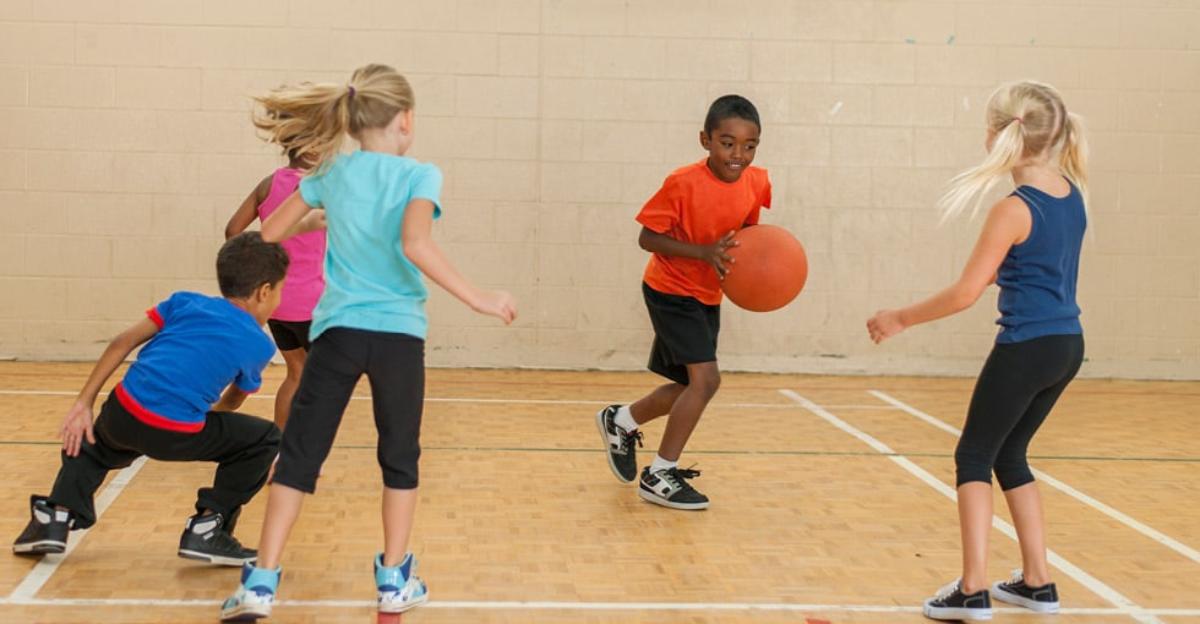
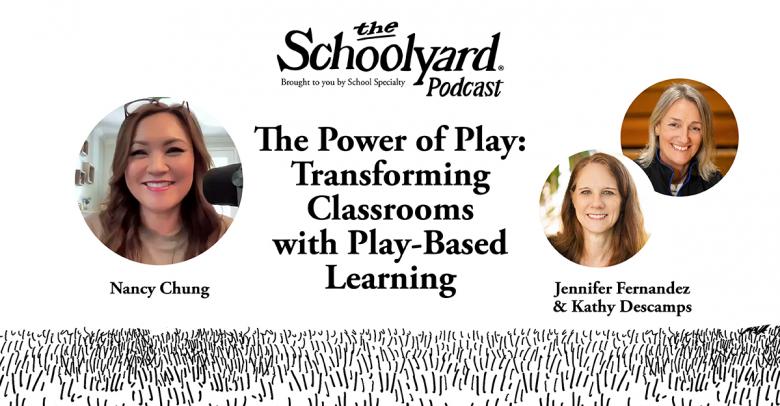
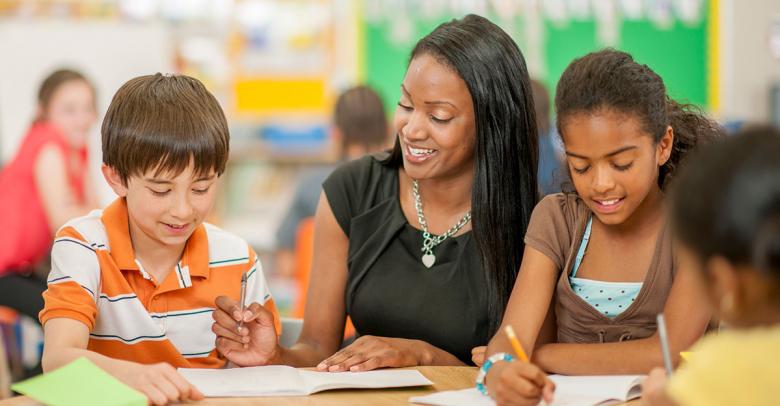
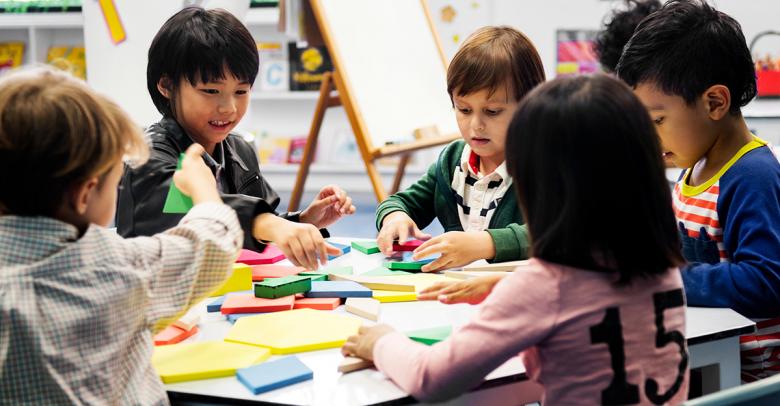
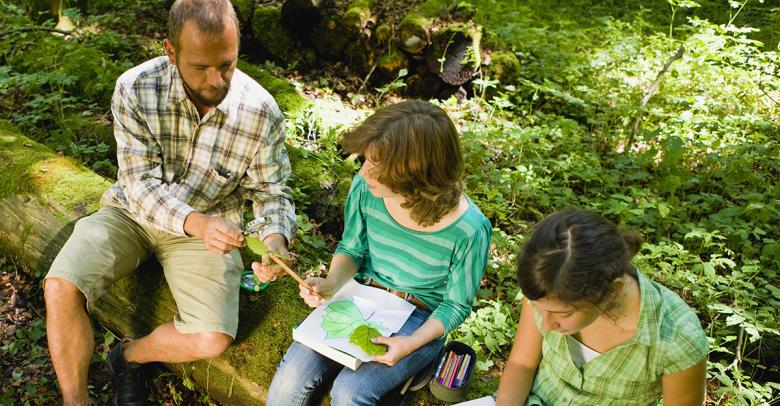
Leave a Reply